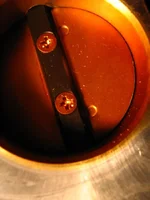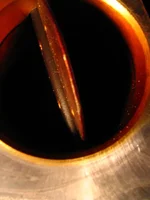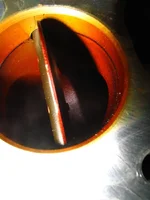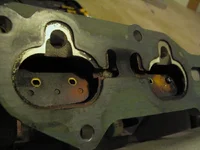- :
- Protege5 2003
With all of the "loose VICS screws blew up my car" threads in this forum I'd really like to find out the state of those in my P5 and loctite them on if (necessary) before they cause me any pain.
Now come the questions...
1. Is there a way to check the VICS screws other than by removing the intake manifold? For instance, threading a tool like a colonoscope in through the throttle body after removing just part of the air intake?
2. If that isn't an option how hard is it to remove the intake manifold? Is there a HOWTO with pictures for this somewhere? If it only requires a socket set and screw drivers I might be game, but if it needs air tools or something else specialized then I'd rather have a pro do it.
3. Any idea what a mechanic (not the Mazda dealer!) might charge to do this?
4. Anybody know why the VICS screws fall out but not the VTCS screws? From the few pictures I've seen they look like they might be the same screws.
If this isn't too expensive or too much work it would be worth it for the piece of mind in knowing that a stupid little screw won't be blowing up the motor 5 days after the warranty expires.
Thanks.
Now come the questions...
1. Is there a way to check the VICS screws other than by removing the intake manifold? For instance, threading a tool like a colonoscope in through the throttle body after removing just part of the air intake?
2. If that isn't an option how hard is it to remove the intake manifold? Is there a HOWTO with pictures for this somewhere? If it only requires a socket set and screw drivers I might be game, but if it needs air tools or something else specialized then I'd rather have a pro do it.
3. Any idea what a mechanic (not the Mazda dealer!) might charge to do this?
4. Anybody know why the VICS screws fall out but not the VTCS screws? From the few pictures I've seen they look like they might be the same screws.
If this isn't too expensive or too much work it would be worth it for the piece of mind in knowing that a stupid little screw won't be blowing up the motor 5 days after the warranty expires.
Thanks.




